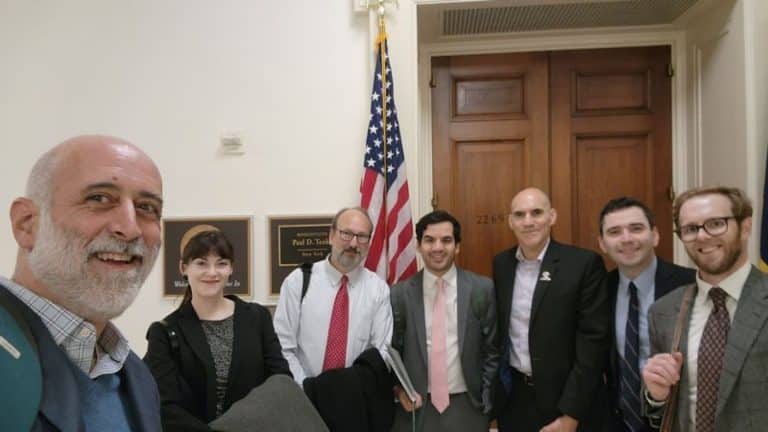In October of 2021, as a result of the Federal Energy Regulatory Commission’s (FERC) deadlocked 2-2 vote on whether the utility proposed Southeast Energy Exchange Market (SEEM) is lawful, the proposal “became effective by operation of law.“
SEEM is a proposal by several large Southeast utilities that shores up those utilities’ ability to block out small and typically renewable power producers. SEEM also extends those utilities’ ability to manipulate electricity markets in our region. As the electricity sector transitions to more clean and distributed resources, one way utilities are reacting is by mocking up this proposed “market” that, once operational, would solidify their monopoly power under the guise of increased competition.
We at the Southern Alliance for Clean Energy (SACE) work across the region to speed the clean energy transition, a transition that many monopoly utilities are simultaneously trying to slow. Competition, transparency, and good governance in the electricity sector are important tenants of a clean energy transition that is equitable. That’s why, after failing to block or improve SEEM through the FERC process, SACE has joined other clean energy and environmental advocates in appealing it to the U.S. District Court of Appeals.
SEEM could block an equitable clean energy transition
Why is SEEM potentially dangerous for equity and clean energy in the Southeast? In general, SEEM could lead to higher costs to customers than alternative market structures and box out smaller or independent power producers that tend to be renewable. It also lacks the governance and transparency that serve to counter market manipulation by monopoly utilities. The utilities that have proposed SEEM, including behemoths Southern Company, Duke Energy, and even the Tennessee Valley Authority (TVA), claim SEEM is just a software update to the current bilateral market, and that it will both help integrate more renewables and lower costs. However, SEEM utilities’ own analysis of the potential benefits of the market were minuscule, and more recent analysis shows that a true market could reduce customer costs by orders of magnitude more than SEEM. FERC Commissioner Clements said it well in her comments at the October 2021 meeting that discussed SEEM: “Filing parties have the right to test the boundaries of our willingness to allow incumbent preference in the name of potential benefits, but the Commission does not have the right to simply take their word for it.”
Gatekeeping Transmission Access
A key part of a competitive electricity market is that everyone has equal access to the transmission system. This access, and the rates utilities charge for use of the transmission system, are generally overseen by FERC. The SEEM proposal sets up exchanges that would use “leftover” transmission at zero cost. However, only SEEM members would have access to this “transmission product.” Moreover, SEEM members control who may become a SEEM member in the future and thus control who may access this “free” transmission. Think of it as joining a sorority or fraternity. Technically, anyone can rush, or ask to join, but ultimately the current members of the sorority/fraternity vote on who they will allow in. I don’t think anyone would call that equal access.
Even more contradictory is the fact that TVA is a founding member of SEEM, which means the federal utility will allow other SEEM utilities to use its transmission lines for free to exchange power, yet the federal utility has told its own distribution utilities that they cannot use its transmission system even though those distribution utilities were willing to pay a reasonable rate for its use.
The Southeast faces serious energy burdens driven, in part, by high electricity costs. The region could benefit from more competition, not more ways monopoly utilities can take advantage of captured customers as proposed by SEEM. We will continue to work to either block SEEM from coming to fruition or improve upon the proposal so that it does not hamper a low-cost and equitable clean energy transition.
For a deeper dive into SEEM and its history, see our previous blog posts. And stay tuned as we continue to intervene and track this case. The next step is for the D.C. Circuit to review our joint appeal.
#SoutheastEnergyExchangeMarket



